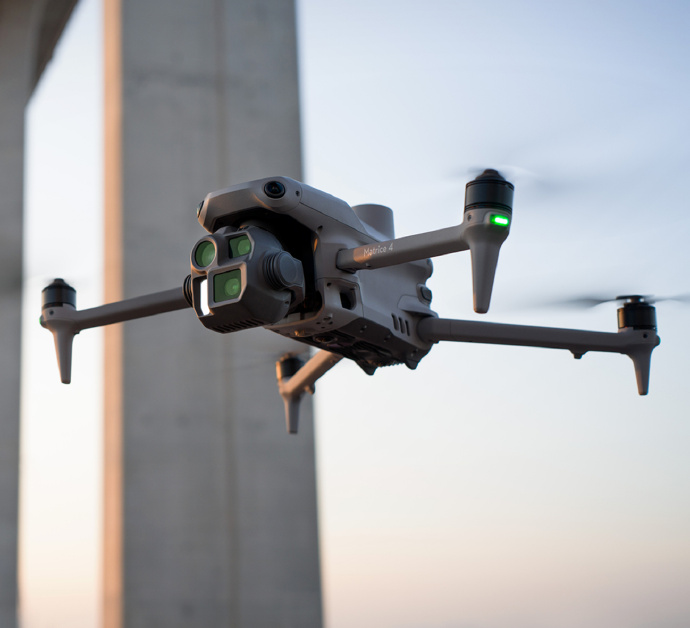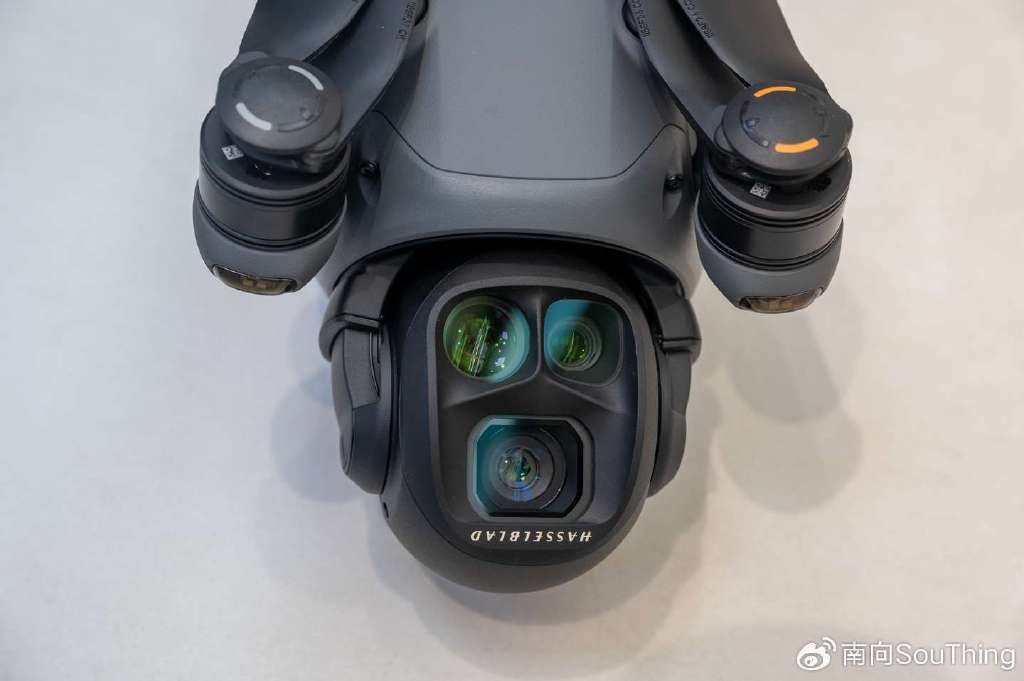In the modern age of technology, the drone with camera attachment has revolutionized the way we capture the world from above. These versatile devices have made aerial photography accessible to enthusiasts and professionals alike. Whether you are capturing the rugged beauty of a mountain range, the hustle and bustle of a cityscape, or the serene expanse of a beach, drones equipped with cameras provide a unique perspective that was once limited to those who had access to helicopters or planes.
One of the primary advantages of using a drone with camera attachment is the ability to capture high-quality, stable images and videos from incredible heights. Advances in drone technology mean that even beginner models come equipped with sophisticated stabilization systems, GPS, and powerful lenses that can photograph at different resolutions and qualities. Choosing the right camera-equipped drone for your needs depends on various factors, such as budget, ease of use, and desired image quality.
The Evolution of Camera-Equipped Drones
The development of drones with camera attachments has been transformative. Initially, drones were primarily used for military and surveillance purposes, but as technology advanced and costs decreased, their applications expanded into civilian uses. Today, they are a staple in industries such as film-making, agriculture, and real estate. They provide a safe and efficient way to gather data, inspect infrastructure, and create visual content.
Choosing the Right Drone for Your Needs

Factors to Consider:
- Budget: Drones vary widely in price, from budget-friendly models that cost a few hundred dollars to professional-grade drones priced in the thousands. Your budget will dictate the quality and features available.
- Camera Quality: For professional photography, a drone with a high-resolution camera, such as a 4K, is essential. Look for drones with adjustable camera angles and high frame rates to ensure smooth video capture.
- Flight Time and Range:
 Consider the drone’s flight time and range. Longer battery life and greater range mean more opportunities to capture the perfect shot.
Consider the drone’s flight time and range. Longer battery life and greater range mean more opportunities to capture the perfect shot. - Ease of Use: Especially for beginners, ease of use is important. Look for features such as one-touch take-off and landing, GPS-assisted flight, and easily understandable controls.
Emerging Trends in Drone Photography
The world of drones continues to evolve, with new technology and trends emerging regularly. The rise of artificial intelligence has seen drones being equipped with tracking and object identification capabilities, which allow for more dynamic and interactive footage. We also see the integration of thermal cameras and multispectral imaging, allowing users to capture information invisible to the naked eye, beneficial in industries like agriculture and conservation.
The ease of sharing stunning aerial shots on social media platforms has also spurred creativity, with photographers experimenting with unique angles and perspectives that challenge traditional composition rules. Community platforms often feature contests and challenges that inspire enthusiasts to push the limits of what’s possible.
Legal and Safety Considerations
Operating a drone with camera attachment comes with responsibilities. It’s crucial to understand and comply with local aviation regulations to ensure safe operation. Obtain any necessary licenses or permits and be aware of no-fly zones to avoid penalties. Additionally, ensuring the drone is outfitted with safety features like return-to-home and collision avoidance systems can prevent accidents and equipment loss.
FAQ
1. Do I need a license to fly a camera-equipped drone?
In most regions, a license or registration is required, especially for commercial purposes. Check with local aviation authorities for specific regulations.
2. How do I maintain my drone?
Regular maintenance includes keeping firmware updated, ensuring motors and propellers are functioning correctly, and storing batteries in a cool, dry place.
3. What should I do if the drone loses connection?
Most drones have a ‘return-to-home’ feature that activates when connection is lost, using GPS to safely return to the starting point. Always ensure this function is activated before flight.